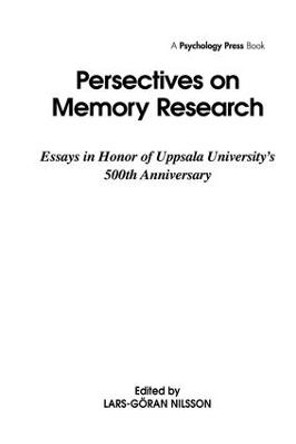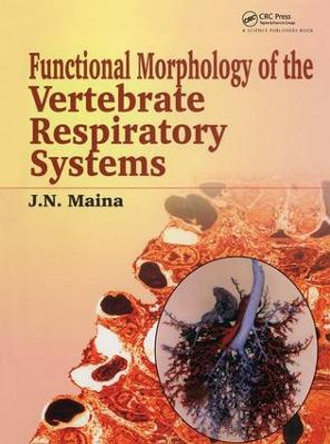How do vertebrates get the oxygen they need, or even manage without it for shorter or longer periods of time? How do they sense oxygen, how do they take it up from water or air, and how do they transport it to their tissues? Respiratory system adaptations allow numerous vertebrates to thrive in extreme environments where oxygen availability is limited or where there is no oxygen at all. Written for students and researchers in comparative physiology, this authoritative summary of vertebrate respiratory physiology begins by exploring the fundamentals of oxygen sensing, uptake and transport in a textbook style. Subsequently, the reader is shown important examples of extreme respiratory performance, like diving and high altitude survival in mammals and birds, air breathing in fish, and those few vertebrates that can survive without any oxygen at all for several months, showing how evolution has solved the problem of life without oxygen.
Describes how vertebrates get the oxygen they need and explores examples of extreme respiratory performance, including diving and high-altitude survival.About the AuthorGoeran E. Nilsson is Professor of Physiology at the Department of Molecular Biosciences, University of Oslo, Norway. He has worked in the field of comparative respiratory physiology and neurobiology for more than 20 years, and contributed to over 150 scientific papers, books and book chapters.
Book InformationISBN 9780521703024
Author Goeran E. NilssonFormat Paperback
Page Count 350
Imprint Cambridge University PressPublisher Cambridge University Press
Weight(grams) 682g
Dimensions(mm) 245mm * 173mm * 15mm








